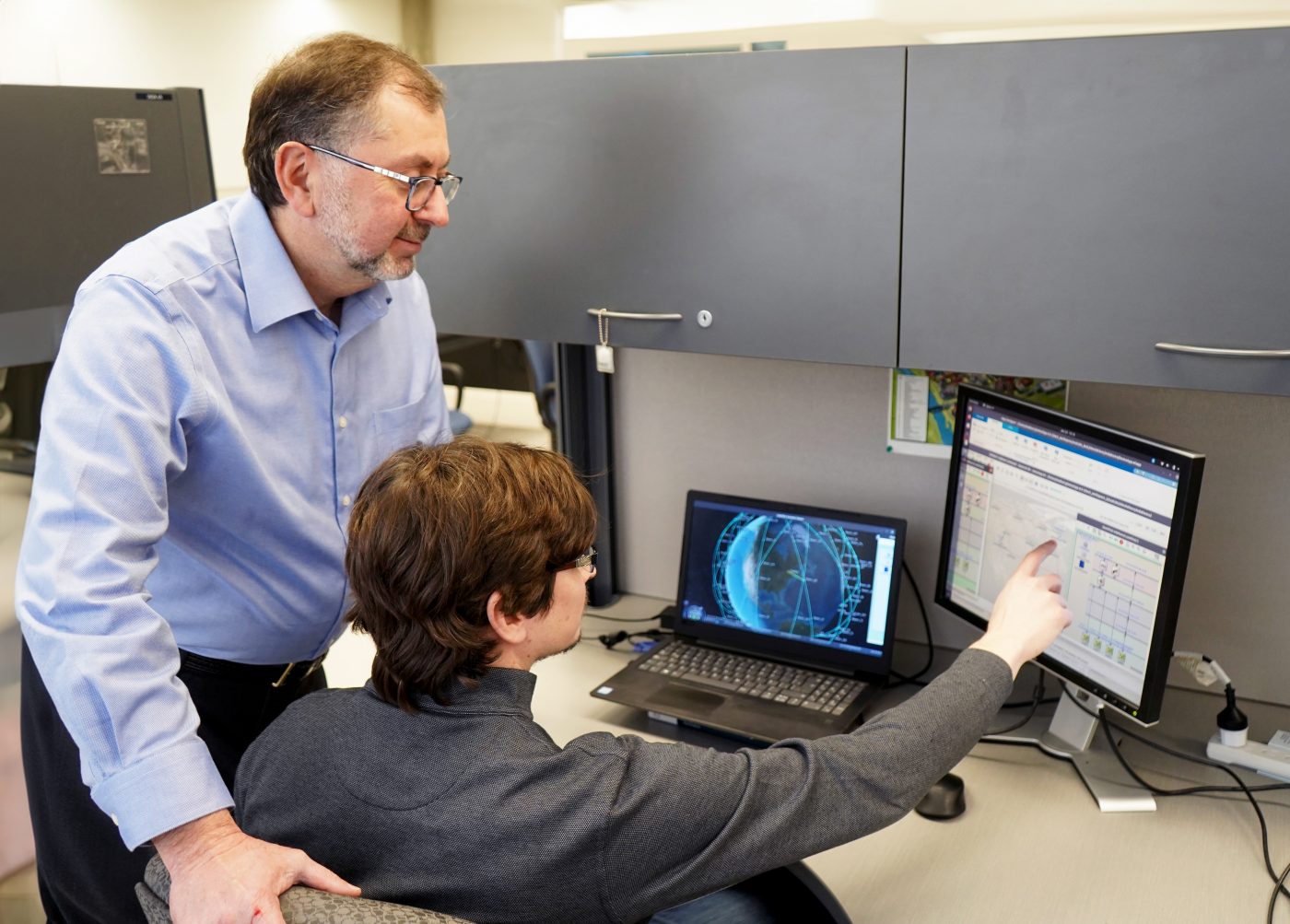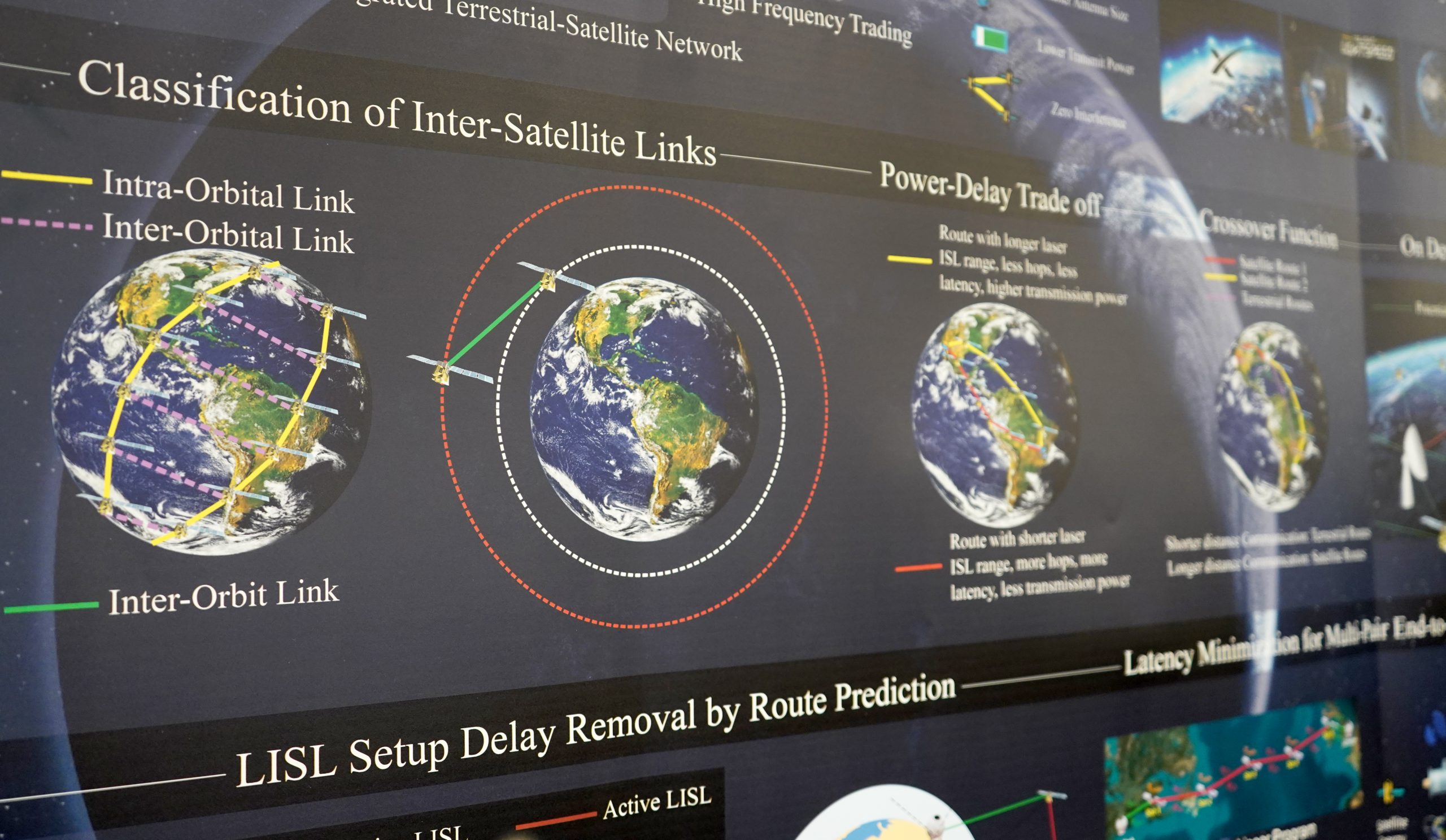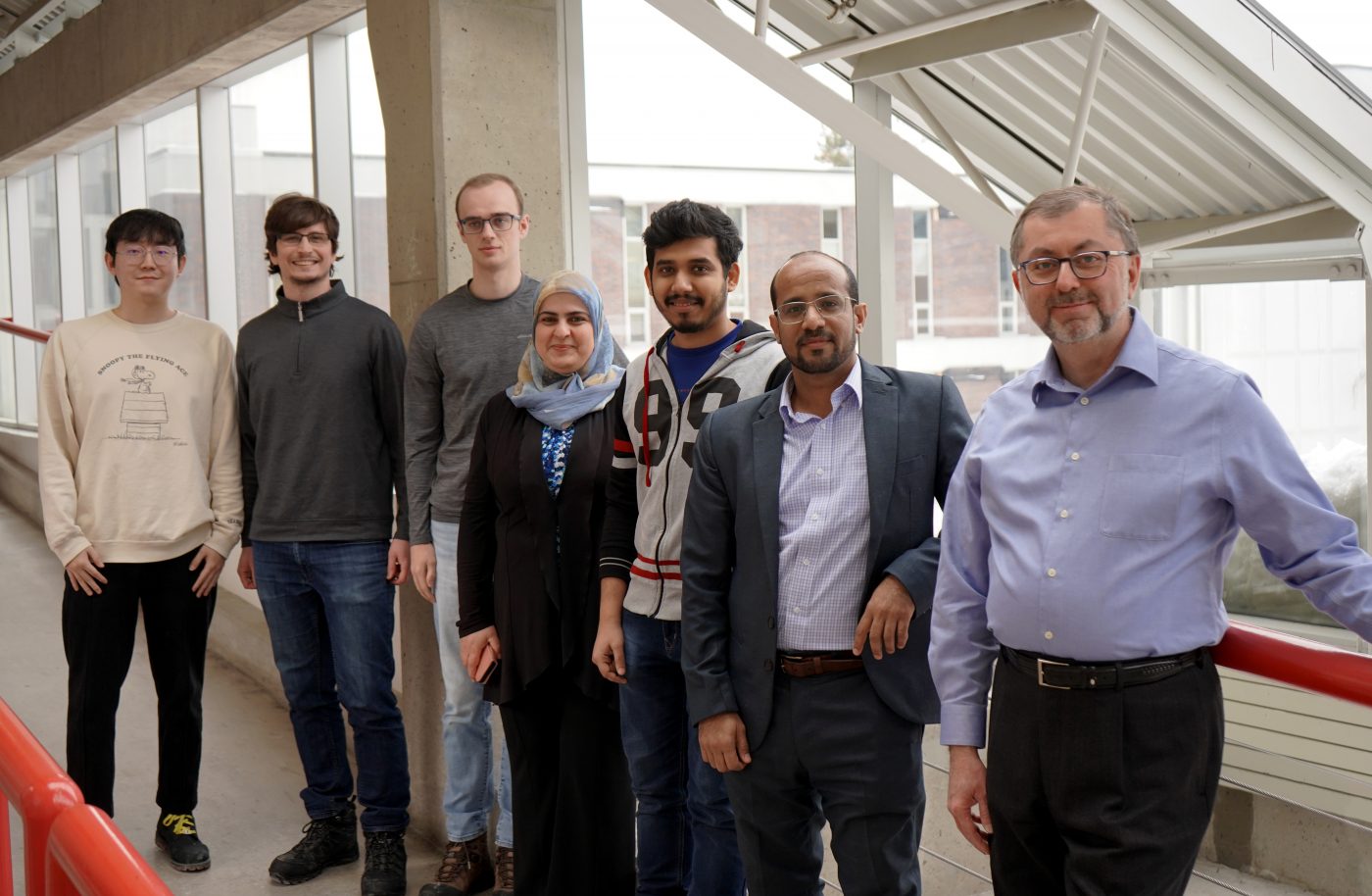6G Networks Will Be Out of this World
How an AI-enabled Megaconstellation Could Use High-altitude and Space-based Platforms to Improve Communications in the 2030s and Beyond
Ty Burke
Adam Landry
In early 2023, a giant balloon filled with high tech communications equipment floated across the U.S. at an elevation of 60,000 feet. That’s about 18 km above sea level, and far above the elevation at which commercial aircraft fly. North American Air Defence (NORAD) tracked the object’s path across the continent, and it was shot down off the coast of South Carolina. The U.S. recovered some of the wreckage, and said the object was a surveillance balloon. China insisted the balloon was primarily for meteorological purposes, and had simply blown off course.
The international incident strained tensions between superpowers, but the whole thing seemed, well, a little odd. At 61 metres long and 45 metres in diameter, the balloon was shaped like a zeppelin. But far from being a blast from the past, this high-altitude object may have provided us with a glimpse of the future of communications networks.
High-altitude platforms are one of the technologies that could be part of 6G networks, the sixth generation of cellular communications networks which will launch in 2030s. The specifications will not be finalized for several years, but researchers at Carleton envision that existing terrestrial communications networks will be augmented by aerial and space-based technologies. This will enable network users to connect directly with communications base stations in the sky, in addition to a ground-based system of cellular towers like the one we currently rely on.

“Right now, 5G is in all metropolitan areas in Canada, and 5G uses terrestrial networks with base stations that are located on Earth,” says Halim Yanikomeroglu, a Chancellor’s Professor in the Department of Systems and Computer Engineering.
“6G networks will have a non-terrestrial network component. We’re talking about an integrated, multi-layered network.”
At the very top would be a space-based layer of communications technology. The nearest satellites are called low-earth orbit (LEO) satellites, and are already in use by companies like SpaceX (Starlink megaconstellation). In space terms, LEO satellites are relatively nearby, only about 500 to 1,000 km above the surface of the Earth. Below that would be a layer of high-altitude platforms in the stratosphere, much like the aforementioned Chinese balloon. A third layer would be lower, and comprised of autonomous uncrewed aerial vehicles (UAV), or drones.
All of these technologies would need to work in an integrated way, routing data between them. Yanikomeroglu likens it to a “network of networks”, that would allow users to access communications networks from virtually anywhere on the planet, including places they currently cannot, such as remote locations or disaster zones where service has been disrupted.
“Devices are already dual mode. When a wi-fi network is available, a device can automatically connect to it,” says Yanikomeroglu. “Otherwise, it will connect to a cellular network. But in 6G networks, the device might connect automatically to platforms in the air or in space (i.e., triple mode)”.

A network that’s available everywhere and unaffected by service disruptions sounds too good to be true – and it won’t be easy to build. Unlike a terrestrial network that relies on base stations that are fixed in a single location, non-terrestrial networks are much more fluid. UAVs and LEO satellites move rapidly across the sky, and high-altitude platforms can be blown by stratospheric winds.
Yanikomeroglu’s team is developing a sophisticated simulation software called the AI-enabled satellite megaconstellation testbed, which will allow them to develop a better understanding of how such a complex system could actually work. It will be among the most advanced academic simulators of its type.
“Think of each satellite like a base station, but unlike a terrestrial network, satellites are moving,” says Yanikomeroglu. “Now imagine a mesh of thousands of satellites covering the entire globe in several shells. There might be one shell at 500 km above the Earth’s surface and another at 700 km.”
“The system needs to be a network, and the testbed is a sophisticated software that will enable us to simulate how it works.
We are also developing novel algorithms and networking technologies that enable us to transmit data in faster, more energy-efficient, and secure ways.”
To cover the long distances over which data is sent, signals travelling through non-terrestrial networks will need to be transmitted between multiple stations – each of them a moving target. Algorithms will need to determine the optimal path for information to travel, and route data through this immense, constantly-changing network of transmission stations. This would be complicated enough on Earth, and working in space doesn’t make it any easier.

As data travels, the transmission signal weakens. There is only so much that a satellite’s power can be increased, because they are powered by solar energy, and not connected to an electrical grid. Large antennas can help by acting as an amplifier, boosting transmission power many times over.
“Some start-ups are seeking to solve the challenge by building huge satellite antennas – 30 metres by 30 metres, but I think we can do this in a different way as well,” says Yanikomeroglu.
“Rather than put a huge antenna on one satellite, let us combine the signals from many smaller antennas distributed across several satellites so they work together as a huge one virtual antenna.”
Satellites within a constellation could be arranged in a cluster that helps them work together to strengthen the signal, pushing it toward the cluster head, where it is processed and transmitted. Determining the most appropriate satellite clusters in a megaconstellation to achieve this effect is just one of the ways the testbed can leverage AI (artificial intelligence) to make immensely complex tasks achievable. Carleton University has filed US and International patent applications for this invention of Yanikomeroglu, Dr. Mohammed Abdelsadek (former postdoctoral fellow), and Dr. Gunes Karabulut-Kurt (adjunct research professor).
“Satellites are a very energy-limited system, and distributed AI can help solve this challenge,” says Yanikomeroglu. “It can compute an optimal route for a signal from Ottawa that’s going to Japan through a mesh of 10,000 satellites. There are almost infinite ways to go through that dynamic mesh. Which one is best? That is the question.”
The “AI-Enabled Satellite Megaconstellation Testbed” project is conducted in collaboration with researchers from the National Research Council Canada (NRC), MacDonald, Dettwiler and Associates (MDA), and Defence Research and Development Canada (DRDC), with additional project support by Mitacs.